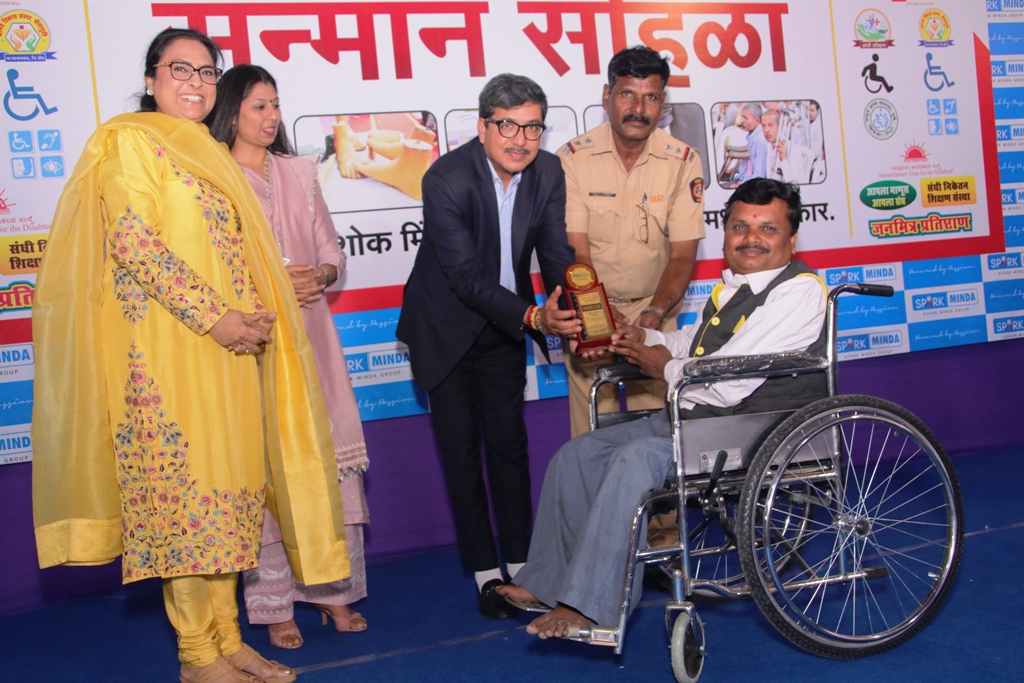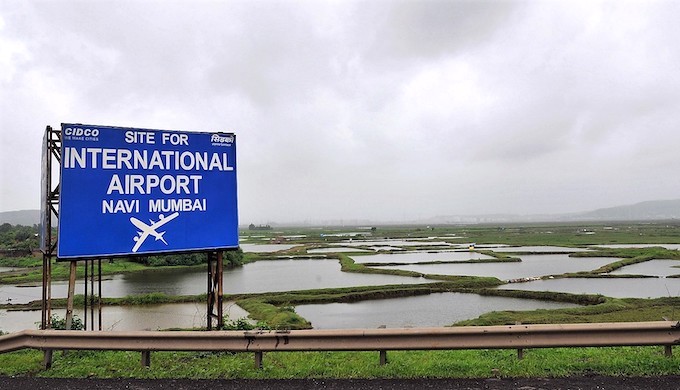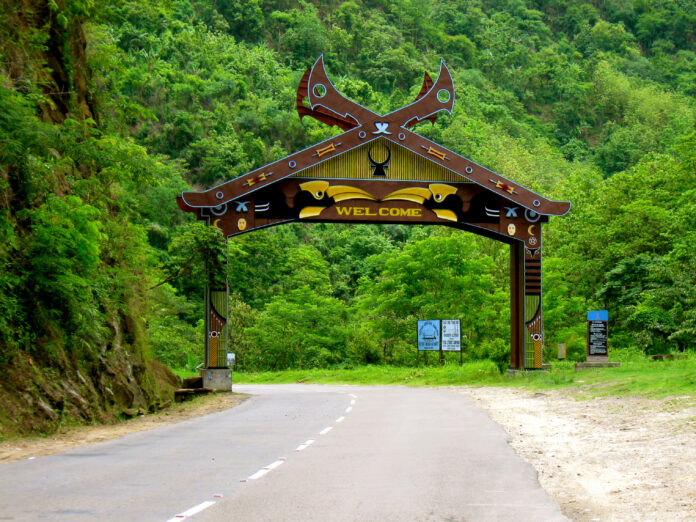Health concerns over additional preservatives in food and concerns over how food is being produced has made the organic food industry very popular. In fact, according to a report by Zion Market Research titled “Organic Food and Beverage Market: Global Industry Perspective” global organic food and beverages market was valued at approximately USD 124.76 billion in 2017 and is expected to generate revenue of around USD 323.09 billion by the end of 2024, growing at a CAGR of around 14.56% between 2017 and 2024.
However, consumer choice alone is not enough to revolutionise our food and agriculture system. This is mainly because of two reasons.
First is the price of organic food. Compared to the conventionally cultivated food, organic food is expensive by 10% to 80%. Since the air, water and soil are contaminated by pesticides, to grow totally organic food, a lot more vigilance and care is required. This makes it difficult to produce and hence, expensive. Thus, even if the market as a whole keeps growing, the demand will be only limited as it may not be entirely affordable for everyone.
Another is the unwillingness of the cultivator to feed the livestock with organic food. In order to feed the livestock, the cultivators prefer conventional farming, since it is cheap, easy and produces more quantity. This is why the conventional cultivation will always have a larger share than the organic cultivation.
The solution is in the diversification of the food production and making the process financially, economically and environmentally sustainable on every level. The task nearly impossible for the almost illiterate farmers of India can be only achieved if the corporates participate in the process.
The corporates working in the food sector has to step up and partner with the farmers by educating, monitoring and facilitate selling the sustainably produced products, in order for food systems to move towards sustainability.
Thank you for reading the column until the very end. We appreciate the time you have given us. In addition, your thoughts and inputs will genuinely make a difference to us. Please do drop in a line and help us do better.
Regards,
The CSR Journal Team




















